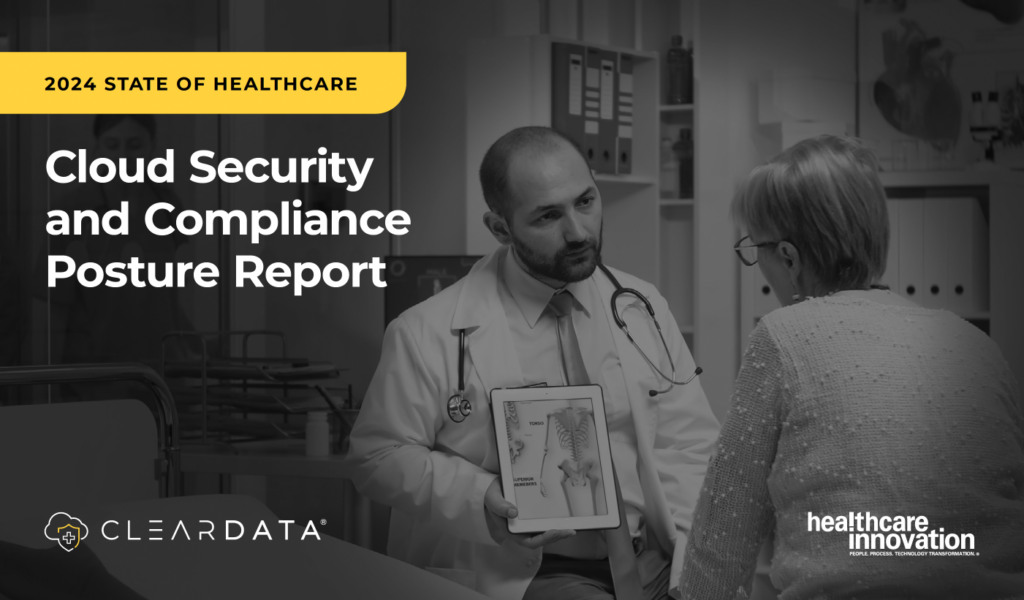The healthcare industry is increasingly turning to Continuous Integration and Deployment (CI/CD) practices to address the growing demand for reliable, innovative software solutions. This transformation promises not only faster deployments but also improved application quality, cost-efficiency, and security. By leveraging automation, standardized processes, and advanced tools like Kubernetes and Jenkins, healthcare organizations can streamline development processes and reduce operational risks.
This blog post dives deep into what CI/CD entails for healthcare, its benefits, implementation strategies, and pitfalls to avoid. Whether you’re a developer, IT manager, or decision-maker in healthcare, this guide will help you understand how CI/CD can transform your software development lifecycle.
What Is CI/CD in Healthcare?
CI/CD, or Continuous Integration and Continuous Deployment, comprises a set of DevOps practices that aim to automate the process of integrating code changes and delivering them into production environments. It ensures that new code is continually built, tested, and deployed seamlessly, fostering rapid innovation while minimizing human error.
For healthcare, these practices ensure compliance with stringent regulatory requirements, such as HIPAA, while enabling faster deployment of apps and updates. For instance, a wellness app or a telemedicine tool can leverage CI/CD pipelines to offer frequent features and bug fixes without compromising reliability and security.
Why Are Healthcare Organizations Adopting CI/CD?
The shift toward CI/CD practices in healthcare stems from the need for efficiency, accuracy, and adaptability.
1. Accelerated Innovation and Releases
By automating routine tasks like code integration and testing, CI/CD eliminates bottlenecks in the development cycle. For instance, developers can push updates to a patient management app within days instead of weeks, offering faster access to new features.
2. Enhanced Security for Sensitive Data
CI/CD pipelines integrate automated vulnerability scanning and compliance checks to ensure all code aligns with regulations like HIPAA and HITRUST. This proactive approach reduces the risk of breaches or compliance violations that can be costly and disruptive to the larger healthcare ecosystem.
3. Superior Code Quality
CI/CD promotes continuous testing throughout the development cycle. Automated tests identify errors early, ensuring only high-quality code reaches production. This lowers the risk of post-deployment failures that could disrupt patient services.
4. Lower Operational Costs
Automating deployments and testing processes significantly reduces resource costs. Teams no longer need repetitive manual intervention, which frees up developers to focus on innovation rather than maintenance.
5. Improved Developer Agility
By using deployment orchestration and automation practices, developers can release changes in isolated environments with minimal disruption. This flexibility supports both innovation and operational stability
Key Challenges and Solutions in CI/CD Adoption
While the benefits of CI/CD are compelling, healthcare organizations often face hurdles when implementing these practices for a variety of reasons.
Challenge 1: Siloed Teams and Resistance to Change
Adopting CI/CD requires a cultural shift. Teams accustomed to waterfall models may resist the automation and continuous testing integral to CI/CD.
Solution
Invest in DevOps training programs and foster collaboration between development, operations, and QA teams. Highlight the efficiency and reliability gains to help teams understand the value of this transition.
Challenge 2: Regulatory Compliance Complexity
Healthcare applications must adhere to strict guidelines like HIPAA or GDPR. Automating compliance can appear daunting.
Solution
Incorporate automated compliance checks into your CI/CD pipelines to ensure security and regulatory alignment. Use configuration management and scanning processes to validate code against established standards
Challenge 3: Toolchain Integration Issues
Selecting and configuring the right tools for CI/CD can be overwhelming. Mismatched tools could lead to inefficiencies or data silos.
Solution
Adopt an integrated toolchain that supports seamless version control, testing, and deployment workflows, ensuring compatibility with the unique requirements of healthcare environments.
Challenge 4: Scaling for Larger Organizations
Scaling CI/CD in enterprise-level settings can be complex due to larger codebases and numerous deployment targets.
Solution
Use scalable deployment practices and automated infrastructure management to support consistent, repeatable releases across diverse environments.
Best Practices for Implementing CI/CD in Healthcare
To successfully adopt CI/CD and maximize its value in healthcare, follow these best practices.
1. Start with Small, Incremental Changes
Begin by automating smaller parts of your pipeline, such as basic test cases, before scaling automation across your environment. This approach reduces risk and ensures a smoother transition.
2. Build a Strong Pipeline Architecture
Construct a CI/CD pipeline comprising distinct stages like building, testing, deployment, and monitoring. Organize automation workflows with tools like Bitbucket Pipelines or Jenkins. Each stage should logically follow the next, reducing complexity and errors.
3. Prioritize Security Measures
Include security at every stage of the pipeline. This involves running automated vulnerability scans, leveraging secure virtual environments for building/deploying, and setting up a robust intrusion detection system.
4. Standardize Tools and Technologies
Ensure consistency by using standardized tools across all teams. Whether you adopt Docker containerization or centralize repositories via GitHub, standardized platforms reduce both technical discrepancies and steep learning curves.
5. Adopt Containerization for Agility
Utilize containerization tools (e.g., Docker) to encapsulate workloads in portable environments. This enables faster deployments, easier rollbacks, and consistent performance across development, staging, and production.
6. Define Metrics and KPIs
Set measurable goals, such as reduced deployment times or lower error rates, to evaluate pipeline effectiveness. Tools like Prometheus or Grafana can provide valuable insights through detailed analytics.
7. Create a Feedback Loop
Continuously review and refine your CI/CD strategy. Gather input from all stakeholders to identify bottlenecks and opportunities for efficiency gains.
The Future of CI/CD in Healthcare
CI/CD paves the way for healthcare organizations to deliver high-quality software faster, more securely, and at a lower cost. By focusing on the right automation strategies, continuous improvement, and scalable tools, businesses can meet rising demands for innovation while maintaining compliance and reliability.
Ready to innovate your healthcare cloud?
Speak with an expert today
FAQ
What are the benefits of CI/CD for healthcare application development?
CI/CD helps healthcare organizations deploy updates faster, improve code quality, and reduce operational costs. Automated pipelines enable rapid testing and deployment, minimizing downtime and human error. This is especially crucial in healthcare, where system reliability and data security are critical. With CI/CD, developers can innovate quickly while ensuring compliance with HIPAA and other regulatory frameworks.
Is CI/CD compliant with HIPAA and other healthcare regulations?
Yes—CI/CD pipelines can be designed to meet HIPAA, GDPR, and other healthcare regulations. Tools like Jenkins, Chef, or Puppet support automated compliance checks, vulnerability scans, and secure infrastructure management. Embedding these steps directly into your pipeline ensures continuous security validation and regulatory alignment, significantly lowering the risk of non-compliance.
How can healthcare teams start implementing CI/CD with limited DevOps experience?
Start small by automating basic tasks like unit testing or staging deployments. Use user-friendly CI/CD platforms such as GitHub Actions or Bitbucket Pipelines. Training your team on DevSecOps fundamentals and starting with containerized apps in isolated environments can help build momentum without overwhelming your infrastructure or staff.
What CI/CD tools work best for healthcare development?
Popular CI/CD tools used in healthcare include Jenkins (automation server), GitHub Actions (code integration and workflow automation), Kubernetes (container orchestration), and Chef or Puppet (infrastructure and compliance management).
Ready to Modernize Your Healthcare Organization?



